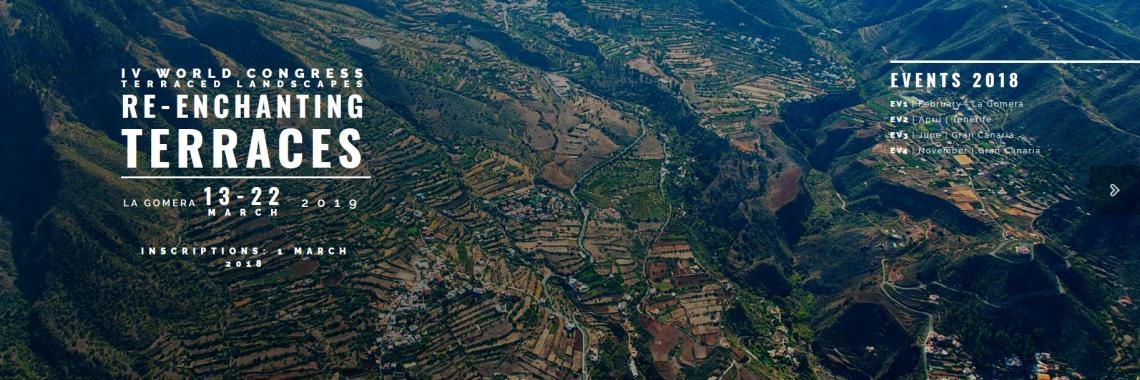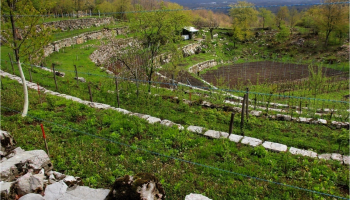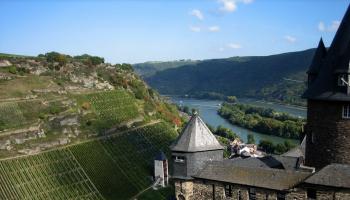Terraced landscapes
(1) This form of land use is plasticized on terraces in order to maximize insolation. Terraces are typical for the whole Mediterranean. Typical plants: wine grapes, olive- and fruit trees (2) Cultivation terraces are notoriously difficult to date. A very few are known from the Bronze Age, and there is rather more archaeological evidence for them in Classical Greece. How widespread they became is still very uncertain.
Source: (1) Definition elaborated by the Eucaland-Project group (2) Grove and Rackham 2001
Agricultural terraced landscapes, mean grasslands as wells as fields, including artificial landscapes like for wine and fruit production. It does not include: artificial terraces from mining or waste deposit, water meadows in hilly regions which also have a terraced aspect, Wölbäcker/Bifang, infrastructure terraces (e.g. roads, dykes, house construction), microterraces by transhumance and/or wild animals.
Source: Elaborated by EUCALAND network for project purposes
Database entries forTerraced landscapes
Research: Goran Andlar, Filip Šrajer et al.; upload: Bénédicte Gaillard. The entries are still in process
Research: Alexandra Kruse & Bénédicte Gaillard; Upload: Bénédicte Gaillard. The entries are still in process
Artificial terraced landscape date back early and historical findings prove wine cultivation at the rivers through Romans. They already used prepared terraces for the cultivation.
The majority of terraces is used for fruit, olive and wine production in the southern parts of… [Read more]
Research & Upload: Alexandra Kruse. The entries are still in process
The used name in Germany is Terrassen and for the landscape Terrassenlandschaft, according to their function also Ackerterrassen and especially important Weinterrassen for wine growing. Old names are Stufenrain, Kulturwechselstufen (see fig. 2). An additional historic type is the so called “Wölbäcker”(see fig. 3). There is a huge agrarmorphological ensemble of relief… [Read more]
Research: Hans Renes; Upload: Bénédicte Gaillard. The entries are still in process
Research: NIBIO, Sebastian Eiter, Oskar Puschmann et al; upload: Bénédicte Gaillard. The entries are still in process, the e-atlas is still under development
Terraces have been a very common feature in parts of the Norwegian agricultural landscape for centuries. The general Norwegian term for terrace is … [Read more]
Research: Martina Slámová, Jana Špulerová, Marta Dobrovodská, Dagmar Štefunková; upload: Bénédicte Gaillard.
Terraces for agricultural land use were established primarily during the Walachian colonisation wave between the 14th and 16th centuries in Slovakia (Stankoviansky, 2003… [Read more]
Research: Drago Kladnik et al. Anton Melik Geographical Institute ZRC SAZU & Slovenian Academy of Sciences and Arts; upload: Bénédicte Gaillard. The entries are still in process
Research: Padoc Research Group Universidad Politécnica de Madrid; upload: Bénédicte Gaillard. The entries are still in process
Research: Della Hooke; upload: Bénédicte Gaillard. The entries are still in process.
Deliberately created cultivation terraces have never been a feature in England (or the UK) but lynchets… [Read more]

















